Pistols from Dong
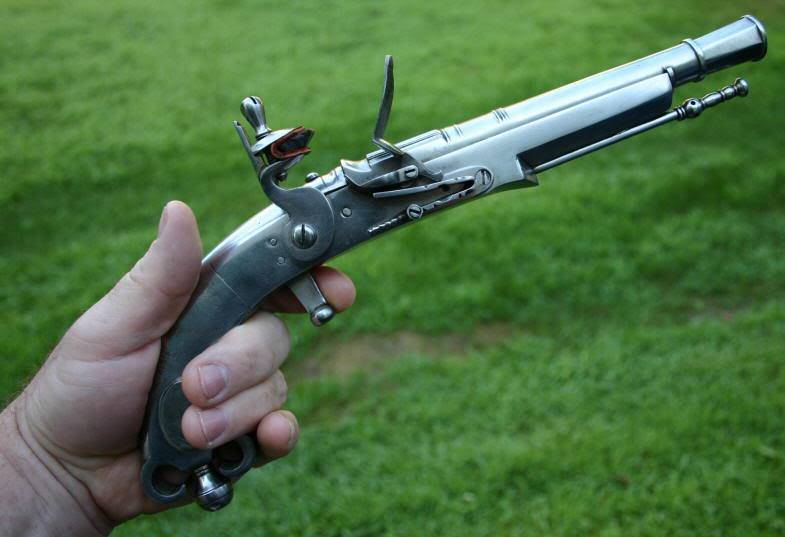
In the battles they dulled
But gold in us
Bought on the market.
Robert Burns. Scottish glory
Weapon from museums. This article was born like this: one of the readers of "VO", having read an article about Scottish broadswords, took and wrote to me that, in addition to very peculiar broadswords, the Highlanders also had very interesting pistols, one might say, unique, more not met with anyone. "Write about them, interesting!" And yes, indeed, this is a very interesting sample of weapons, and it was possible to write about it for a long time, but there were no interesting photographs and illustrations. And then suddenly all the "stars converged", and at the same time both were found. Well, if so, then writing about these Scottish pistols was only a matter of technique.
These pistols are called by the British and the Scots call the Highland Pistol or Scottish Pistol, which translates as "highland pistol" or "Scottish pistol". Although they also have another interesting name indicating the place of their appearance: pistols from Dong.
Now a little general, so to speak stories pistols in Scotland.
Records of pistol use in Scotland first appear around the middle of the 1566th century. For example, it is reported that a wheel-lock pistol was used in the murder of the Italian secretary of Queen Mary of Scots Mary David Rizzio in 1570. It was followed by the famous assassination of James Stuart I, Earl of Moray, in XNUMX. He, too, was shot with a wheeled pistol. Then all pistols were produced either in England or in continental Europe. This is not to say that there were no Scottish gunsmiths in the XNUMXth century, but there were definitely few of them, and they most likely did not deal with firearms. Well, maybe they could fix it.
However, in the early XNUMXth century in Scotland, wheeled pistols with a fishtail grip became widespread. They can often be seen in pairs with locks on both the left and right, suggesting that they were intended to be fired with two hands. And it was at this point in Scottish history that such pistols became a common part of the armament of the high nobility, often along with a broadsword and a shield (or "target" as the Scots called the shield, and it was often richly decorated and covered with leather), as well as various daggers.
Then the wheel lock was replaced by a flint percussion lock, and with it, at the end of the XNUMXth century, a new style of design of such pistols appeared. And it existed until about the end of the XNUMXth century, although by the end of this period, pistols designed in this way became simply a decorative part of traditional mountain clothing. In addition, pistols of this type were later adopted by the mountain regiments of the British army, and officers usually carried them under the left hand.
Their main difference from all others: the all-metal construction of the pistol, the absence of a fence around the trigger and the unique shape of the handle.
It is believed that pistols of this type originated in the area of the village of Doone in Stirlingshire, which became the center of pistol production in Scotland. Doone was originally a small village near Stirling, which was once the capital of Scotland. Back then, Dun was at a crossroads where pastoralists used to ferry their livestock from Highland to Sterling and other major cities, and many highlanders did their shopping in Dun on their way home. And since they returned, selling cattle, with money, they bought pistols there to protect themselves from robbers and raise their authority. At first it was a weapon produced in Europe.
But in 1647, a Flemish refugee blacksmith named Thomas Caddell settled in the Dune and found a second home there. He was a blacksmith by profession, but he soon began making pistols, and his art reached such a level of skill that he became famous throughout Scotland. These pistols used flintlock percussion mechanisms similar to those used by other manufacturers of the time. However, these weapons had certain characteristics that completely distinguished them from weapons made elsewhere.
Caddell used steel welding methods that the Vikings used 700 years ago. This meant that his steel was of a higher quality than many of his competitors. Due to a shortage of suitable wood in Scotland to make grips for his pistols, Caddell began to make his weapons entirely from steel. In addition, his pistols had neither a trigger guard nor a safety catch, which made them quicker to fire.
A long and again steel ramrod was kept under the barrel. But the main and most noticeable feature of the Dong pistols was the handle with curls at the end in the form of ram's horns or a slotted heart. Usually an "apple" (a spherical top) was placed here, which often served as a pencil case. The same pistols had a similar part between the horns, but of a smaller size, which could also be unscrewed and had a thin needle at the end, which could be used to clean the ignition hole of the barrel.
Despite the fact that Caddell's pistols were more expensive than those of his competitors, their quality and reputation for highly reliable weapons were so high that the Highlanders specially saved money just to buy his pistols! And the weapons of foreign manufacturers were ignored.
The factory, founded by Thomas Caddell, became a family business, run by five generations of this family (interestingly, the founder's son, grandson and great-grandson was also named Thomas Caddell!). Other pistol factories were opened in the area, many of which were founded by people who worked as apprentices at the Caddell factory: Murdoch, Christie, Campbell, Macleod, etc.
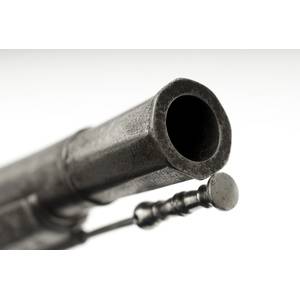
Some of the pistols produced in these factories were richly decorated with intricate engraving, and gold and silver inlays cost more than 50 guineas. Nobility wore such pistols with pride. But the real "caddell" remained unrivaled.
Pistols like this were in high demand, especially among Highlander officers, in the 1730s and 1740s. Later, pistols were made from other materials: brass and bronze. Well, the "golden age" of Scottish armourers fell on the period between 1625 and 1775.
Presumably, it was the pistol made in Dun that became the first weapon from which the first shot was fired in the American War of Independence, and it was fired by Major Pitcairn, a British officer. George Washington also received from his officers two pistols made in Dun, which he bequeathed to give to Major General Lafayette after his death.
The popularity of pistols from Dong was so high that they soon began to be produced in England. Many of the pistols used by the 42nd Highlander Regiment (the famous Black Watch Regiment) during the wars with France and India were actually manufactured by a Birmingham manufacturer named John Blisset.
By about 1795, many Highland regiments had largely abandoned pistols. Due to competition from other European manufacturers, the factories in Dun were also closed, since it was no longer profitable to produce them there. The buildings of the Caddell and Murdoch factories have survived to our time, but they are preserved in the Dun as historic buildings. However, high quality replicas of Highland pistols are still produced in other countries, such as ... India! In fact, today India is one of the main manufacturers of replica pistols from the Dong.
In 1810, the Reverend Alexander Forsyth invented a new method of ignition using "explosive mercury." By 1825, "explosive mercury" began to be placed in a copper cap, on which the trigger was hit, and the flame from its charge was transmitted through a special hole to the gunpowder in the barrel. This is how the capsule weapon appeared. In 1822, King George IV visited Scotland for the first time in 200 years. One of the organizers of the visit was Sir Walter Scott, who by this time had already become famous in Great Britain. This visit drew public attention to everything related to Scotland, sparked an explosion of interest in wearing tartan and aroused interest in Scottish weapons. London and Birmingham pistol manufacturers quickly took advantage of this and began producing excellent pistols made in the Scottish style. Among them were primers, otherwise identical to pistols from the Highland.
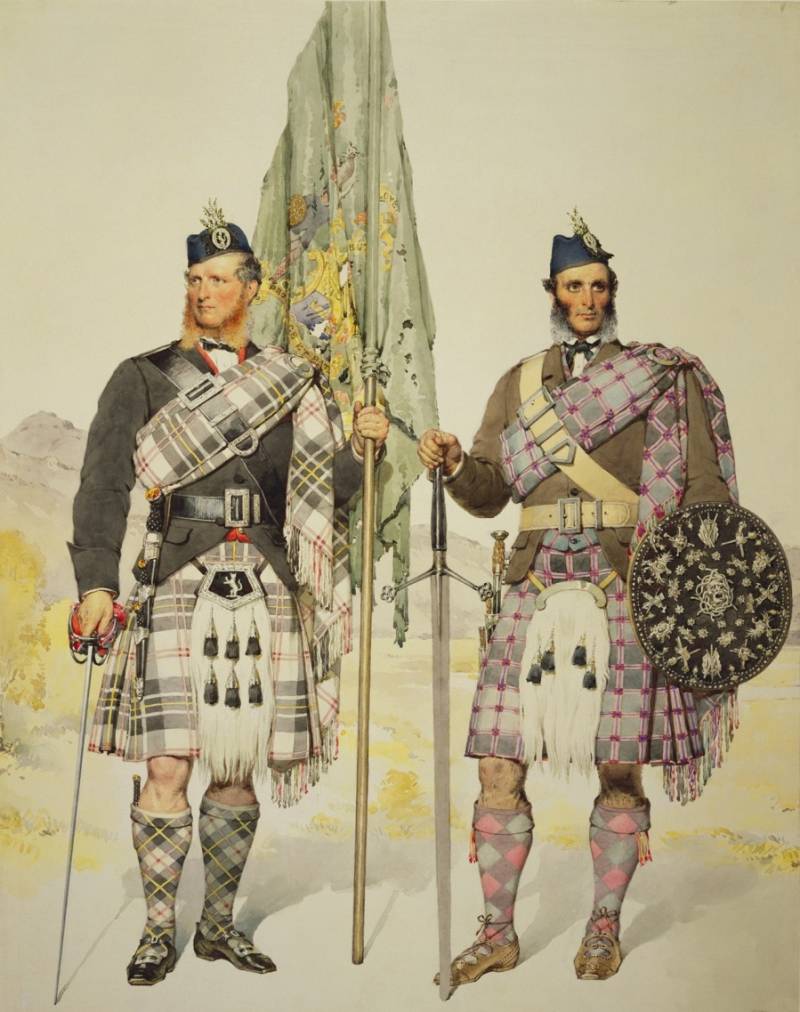
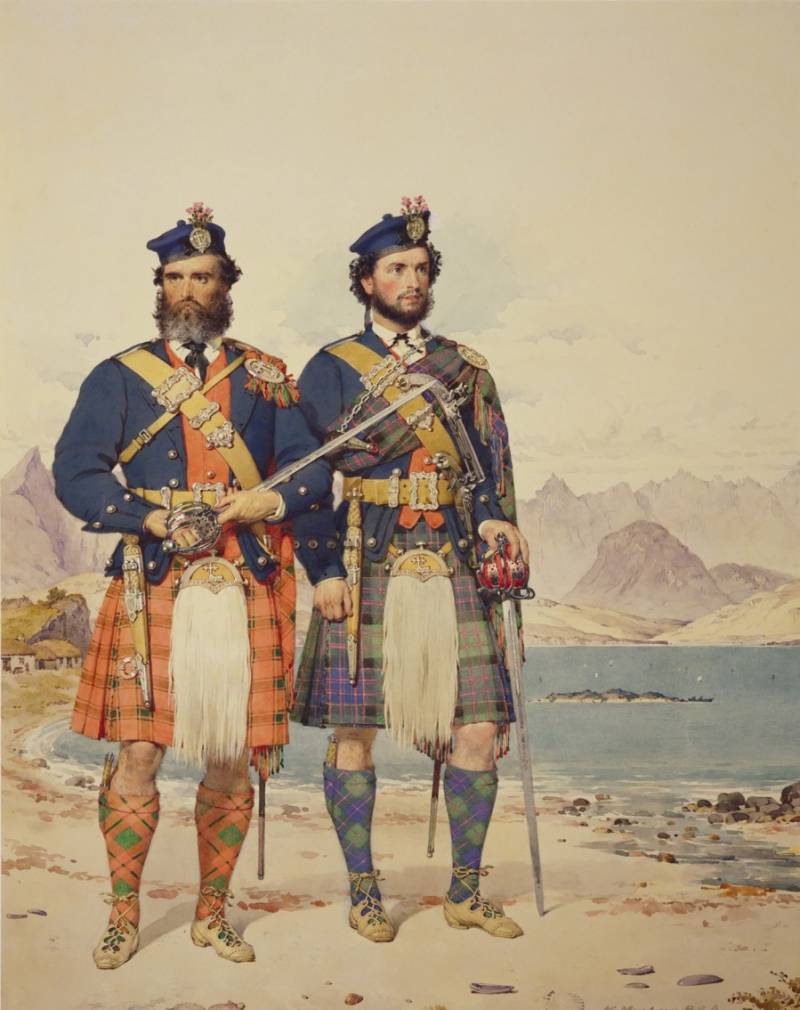
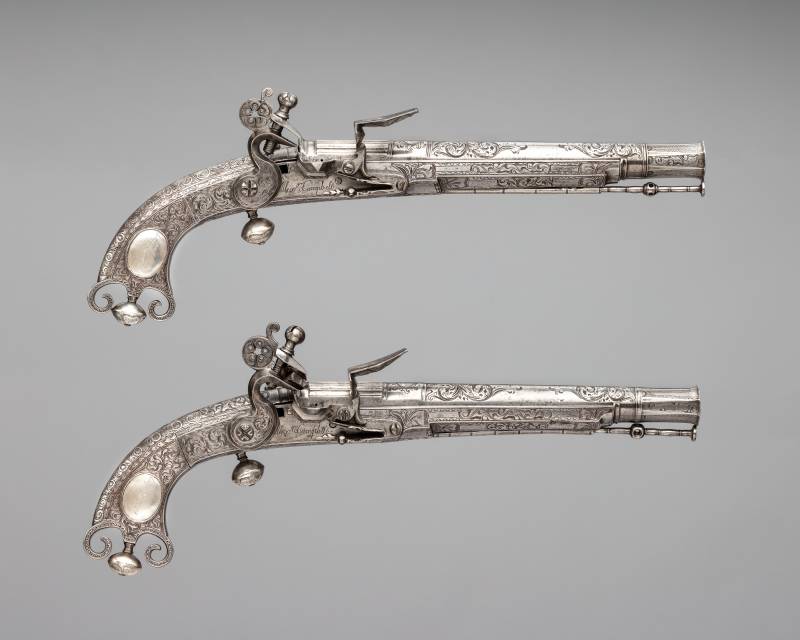
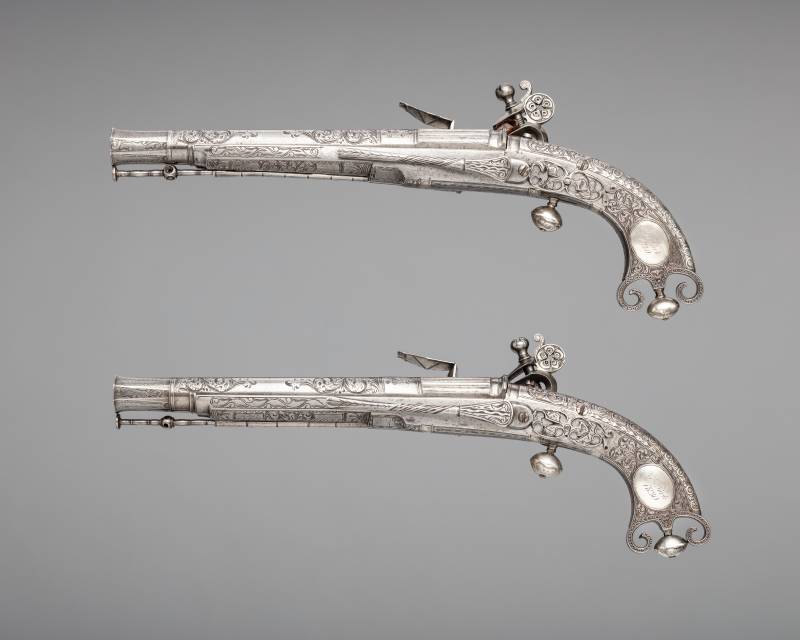
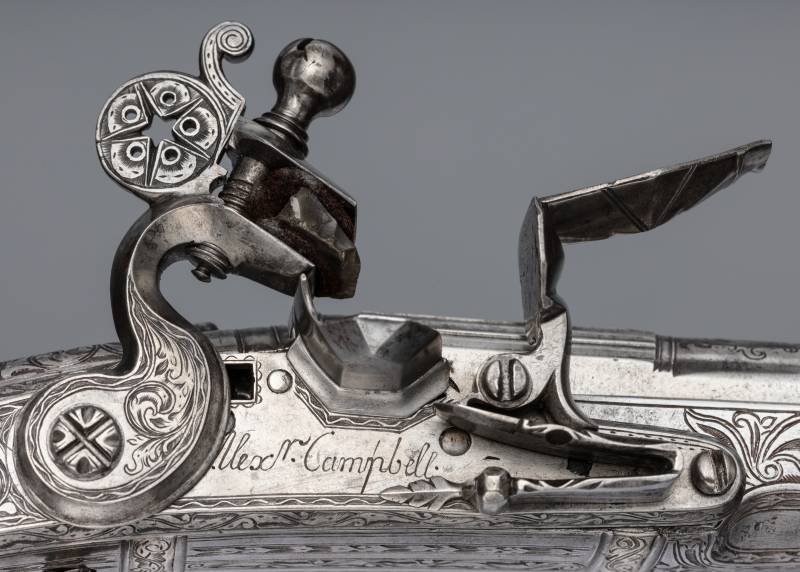
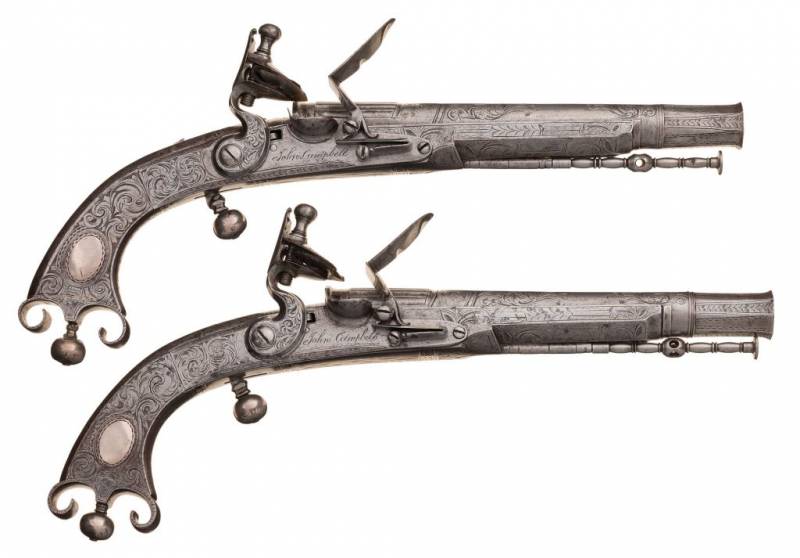
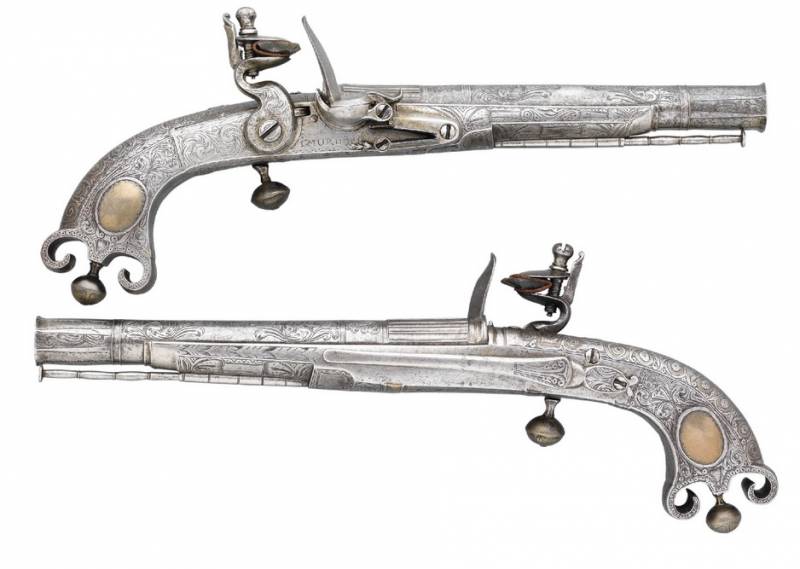
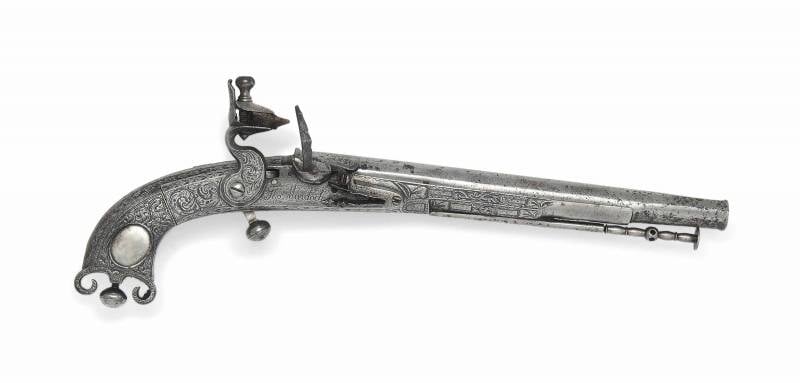
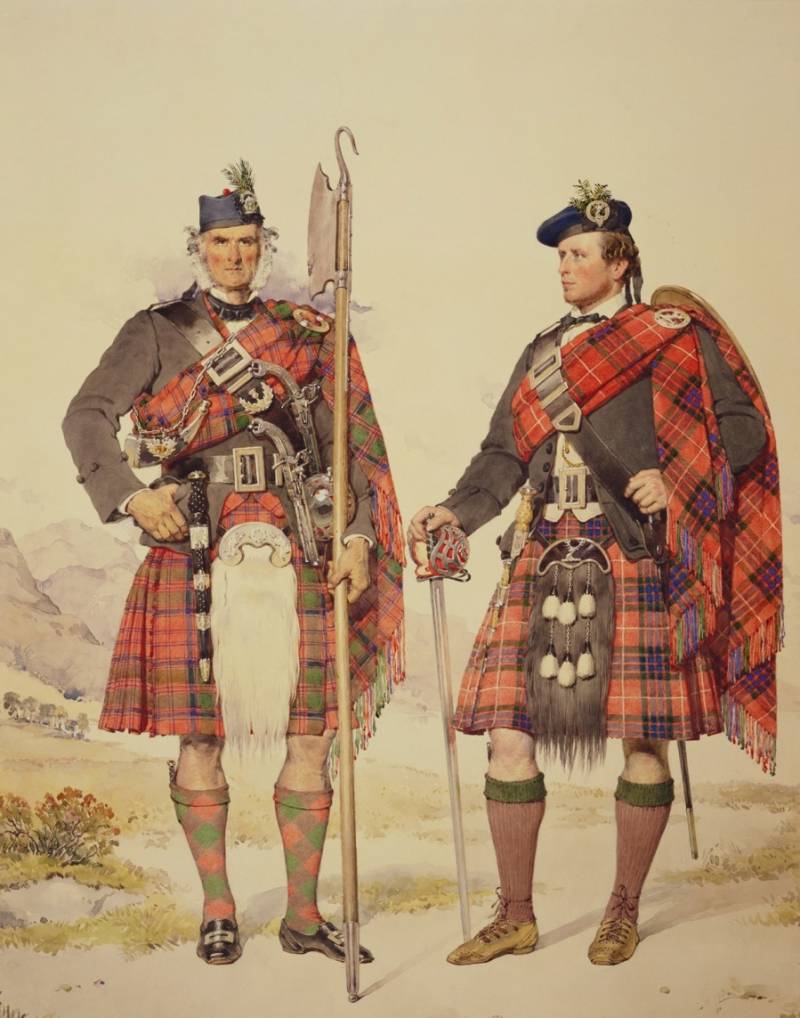
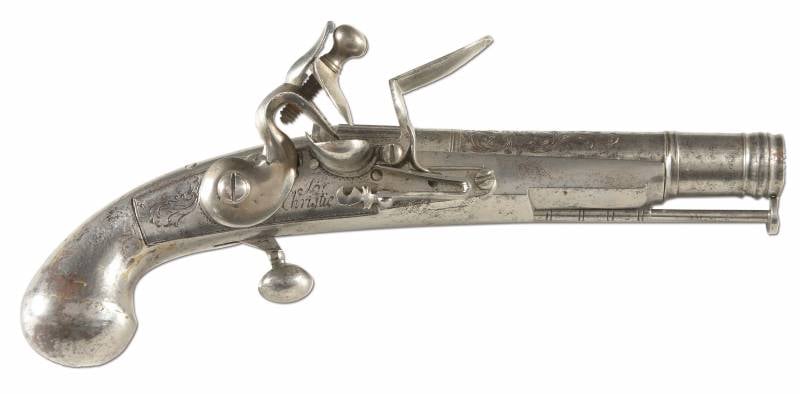
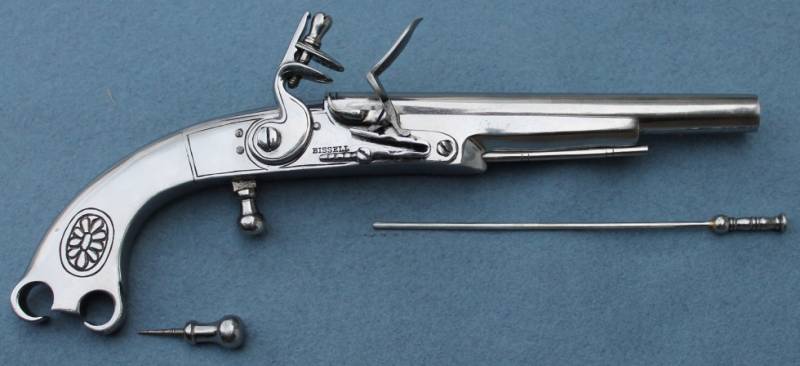
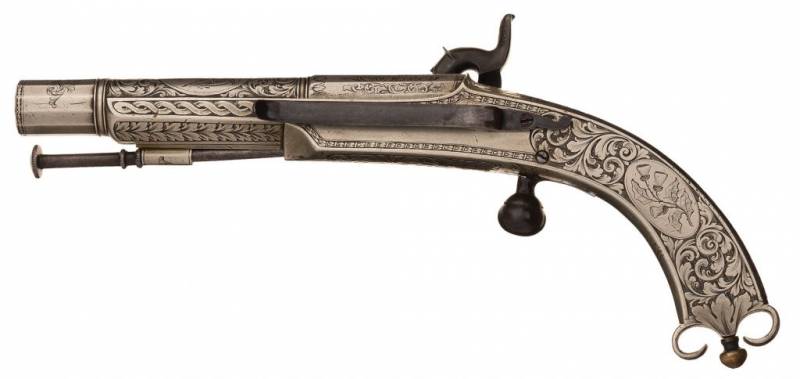
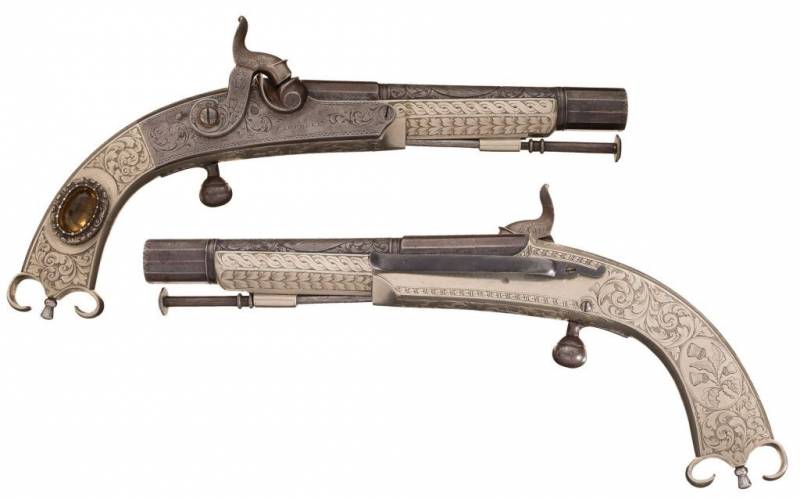
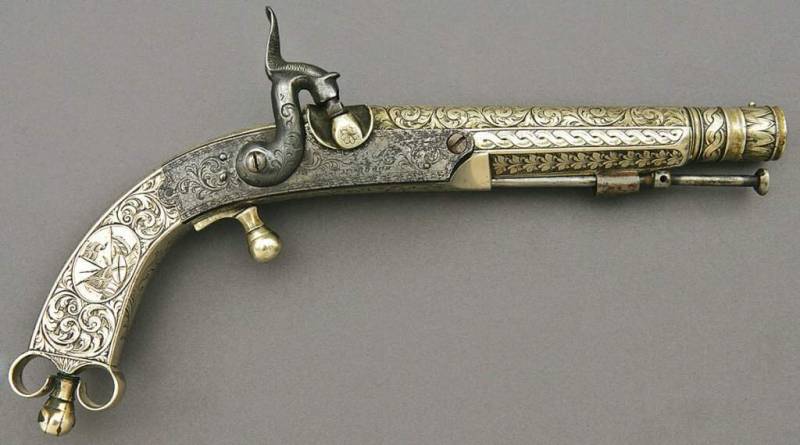
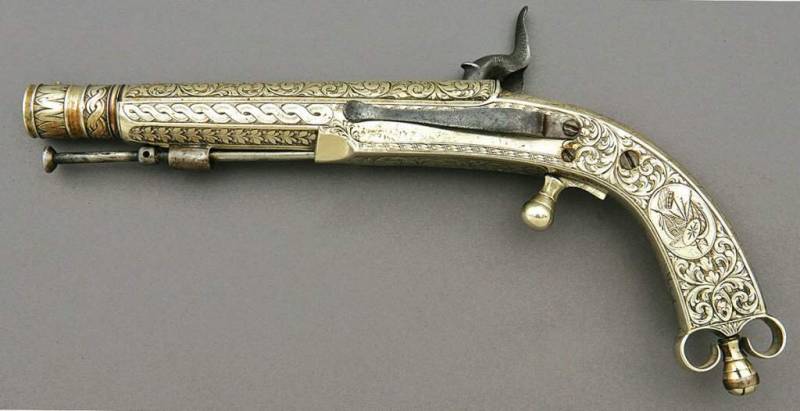
Information